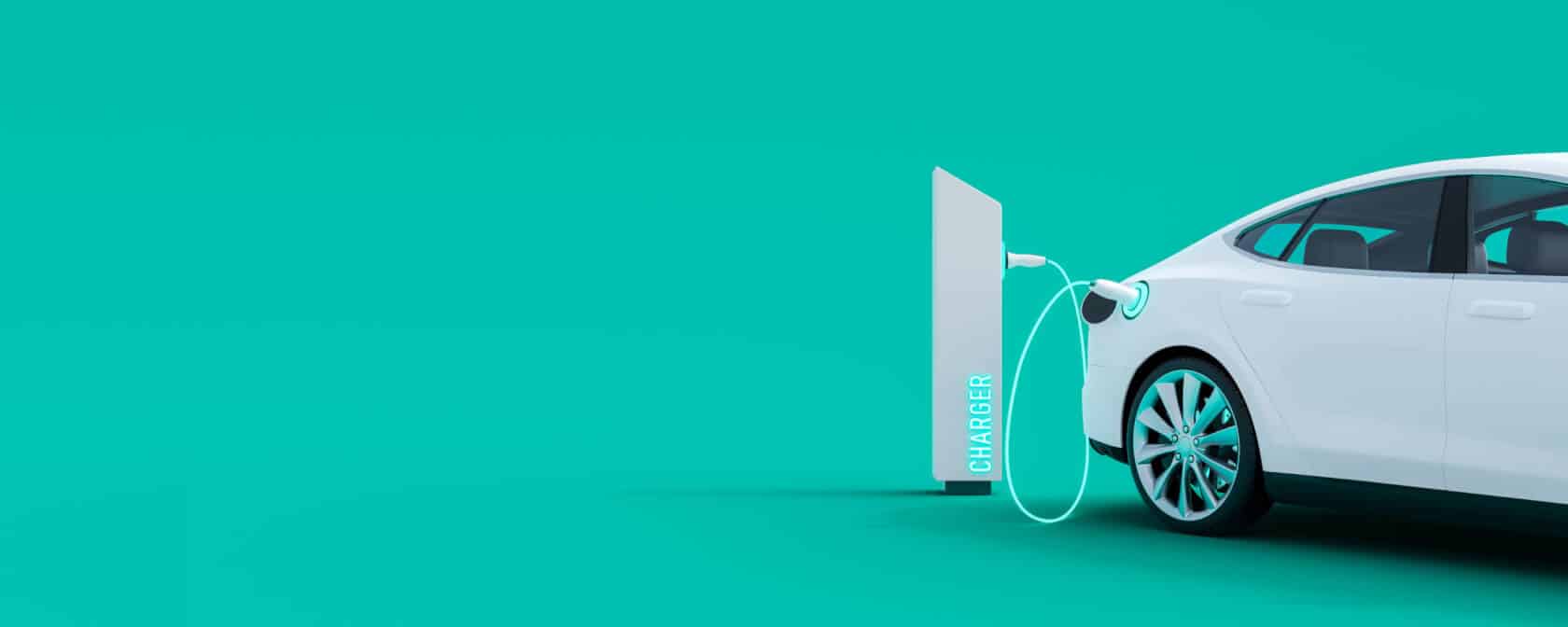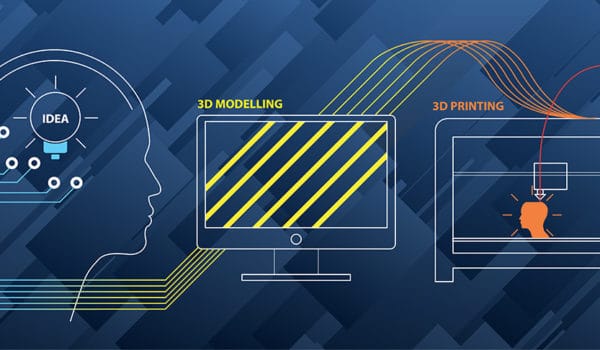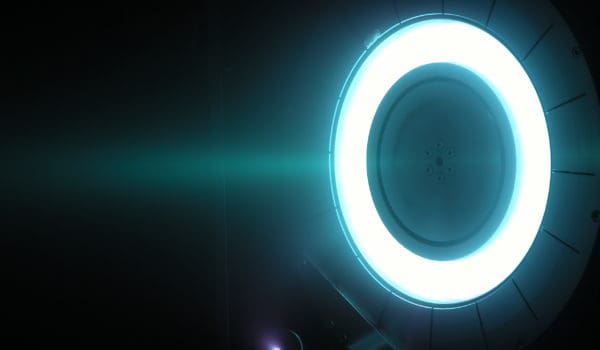The list of benefits of Electric Vehicles is long and growing. They are conveniently more accessible than ever, cheaper and more cost-effective to operate, safer, quieter, and healthier to operate, with lower emissions and air pollution.
As the world takes final steps away from fossil fuels and towards a more sustainable future, there has been a technology revolution in the field of electric vehicles (EV) that is changing the automotive industry. The global crisis such as a pandemic, arms conflicts leads to oil prices soaring, resources shrinking and environmental pressures mounting, it’s no wonder that the world is seeking out alternatives to hydrocarbon fuel vehicles. Many countries have even brought in legislation banning the sale of new non-electric vehicles as early as 2025. This makes the EV industry one of the most exciting, relevant, and necessary areas of design and innovation in 2022.
However, it’s not easy to roll out a viable alternative to the Internal Combustion Engine. Many technologies open up new possibilities all the time. However, transforming these into motors, control technologies, and batteries, refining, and perfecting models, and encouraging widespread EV entrepreneurs can seize on the latest developments in the industry. Manage relationships with manufacturers, partners, suppliers and customers. Reducing product development times and bringing new ideas to market quickly, efficiently, and with minimal resources.
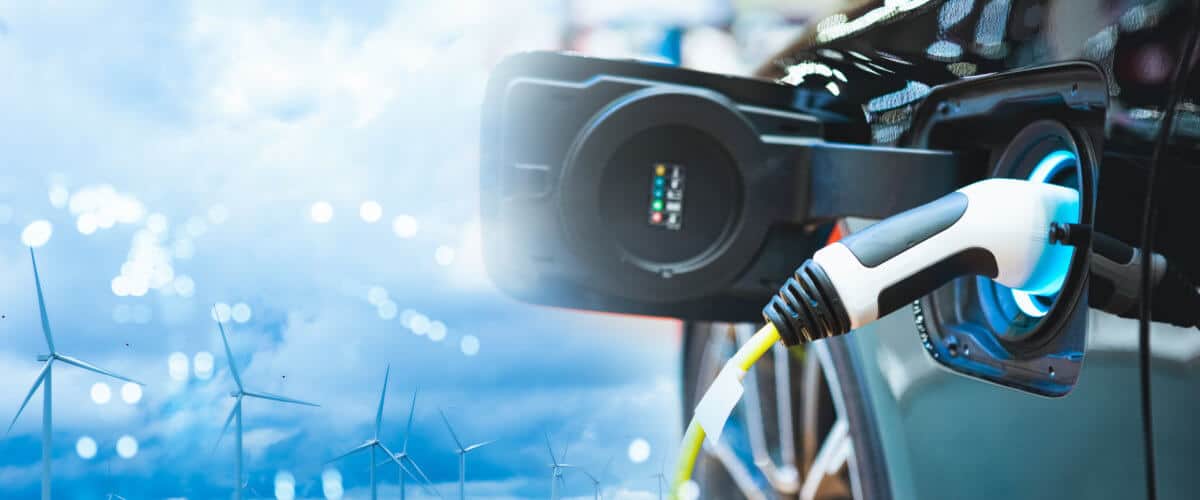
What Is an Electric Vehicle
An EV is a vehicle that uses one or more electric motors for propulsion. It can be powered by a collector system, with electricity from extravehicular sources, or it can be powered autonomously by a battery (sometimes charged by solar panels, or by converting fuel to electricity using fuel cells or a generator).
As we know, electricity is mainly produced by burning coal or hydropower plant or nuclear power plant, which produces a great number of greenhouse emissions. When EVs are charging from the grid then that mode of operation is known as the Grid to Vehicles (G2V) and vice versa it is known as Vehicle to Grid (V2G). There is a great difference in demand between peak team and off-peak time.
The list of benefits of EVs is long and growing. They are conveniently more accessible than ever, cheaper and more cost-effective to operate, safer, quieter, and healthier to operate, with lower emissions and air pollution.
With these benefits in the spotlight and the driverless vehicle revolution taking place before our eyes, it is no wonder that consumers are starting to make their move towards an Electric Vehicle (EV).
Some of the Recent Trends in Electric Vehicle (EV) Technology
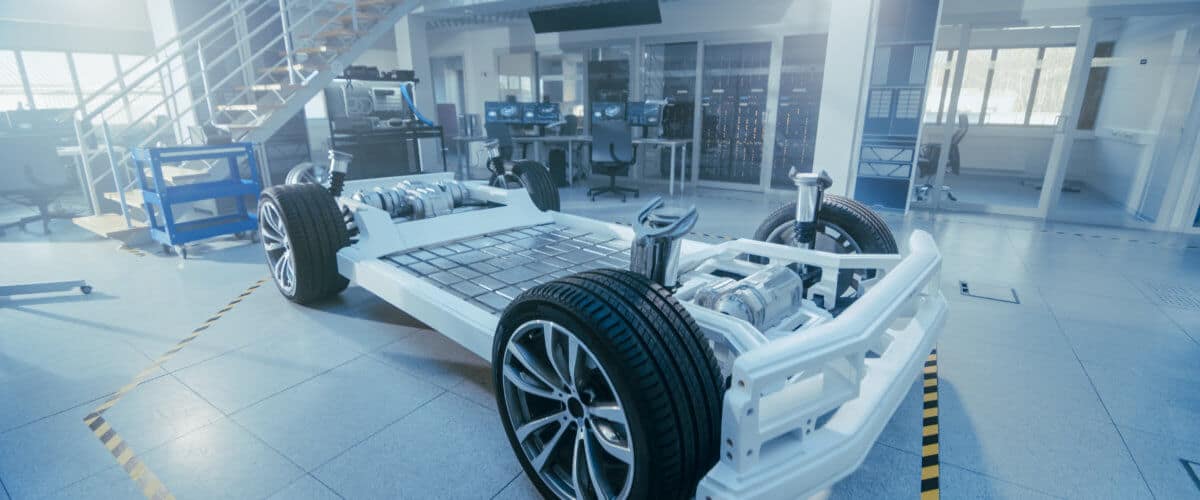
Growing Electric Vehicle Manufacturing
Electric vehicles (EVs) may be less expensive to operate and maintain than conventional automobiles. Naturally, this makes them easier to sell to customers, and as a result, demand for more Electric Vehicles (EV) in a broader range of models is increasing. The advantage of the Electric Vehicle (EV) powertrain is that it is a simple, largely interchangeable component, allowing manufacturers to concentrate on other aspects, client requirements, and niche markets.
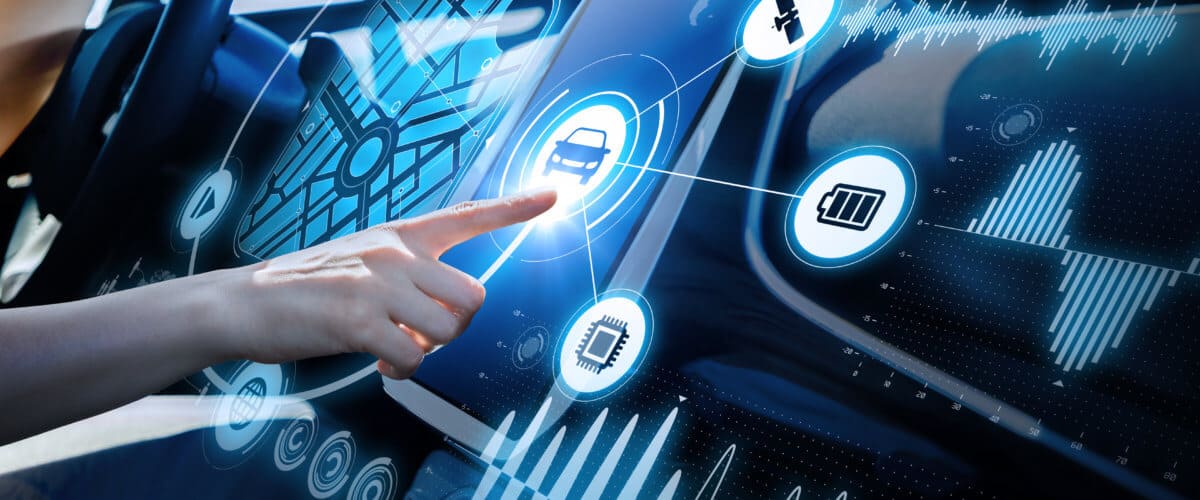
Autonomous Electric Vehicles
Over the last few years, there have been significant advancements in autonomy and self-driving vehicles. On the road in Germany, level 4 autonomous services are permitted. In other news, Honda has introduced the Legend, Japan’s first level 3 vehicle. The advent of level 3 cars are also projected in Europe, with Germany, France, and the United Kingdom, all showing interest in enabling their use on public roads. The manufacturer’s technological success in bringing level 3 vehicles to market is aided by the increasing sophistication of sensor technology. Radars are getting more capable, while LiDAR prices continue to drop.
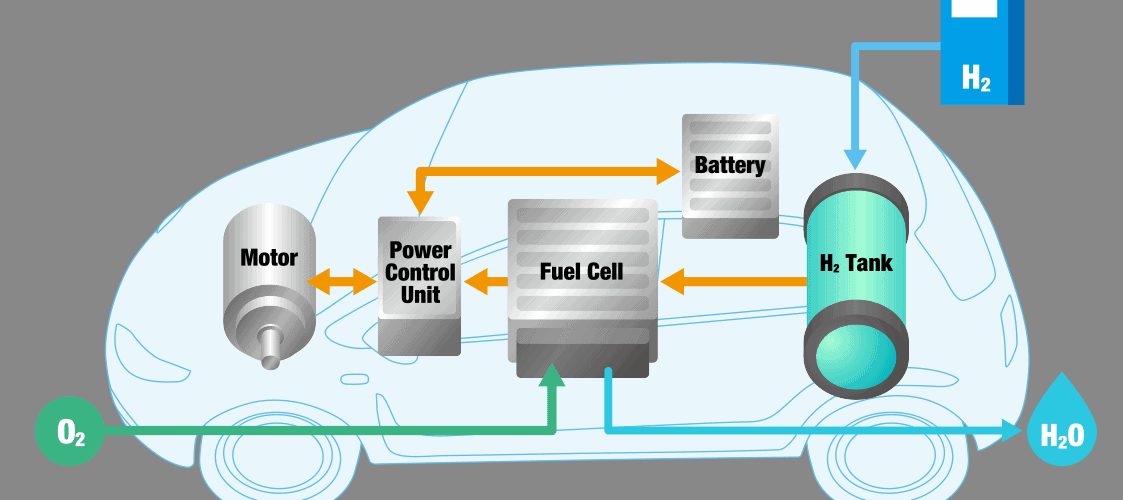
Heavy-Duty Fuel Cell Vehicles (FCEV)
Hydrogen fuel cells have low prospects in the vehicle due to high cost, expensive hydrogen refueling infrastructure which has ‘not manifested itself, high hydrogen fuel prices, and questionable emissions reductions if green hydrogen is not used. However, the range and refueling advantage for fuel cell EVs mean that heavy-duty applications, such as long-haul trucking or high mileage bus operations, have long offered a potential use for the technology, and progress has been building in 2022.
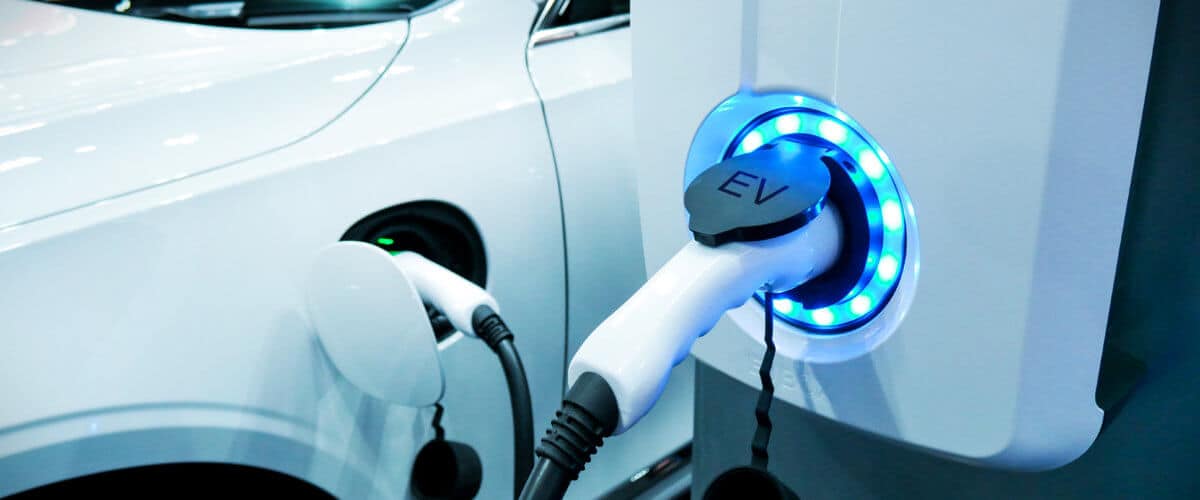
Range of Electric Vehicles
A major challenge for EVs is their limited range compared to Internal Combustion Engines. Overall operating costs are often lower, however, when you factor in the availability of refueling options, speed and convenience, Internal Combustion Engine still has the advantage. EVs take much longer to recharge and run out of power faster. Developers are experimenting with several possible solutions, including interim options like range-extending hybrids, and intriguing long-term alternatives such as the solar-powered vehicle.
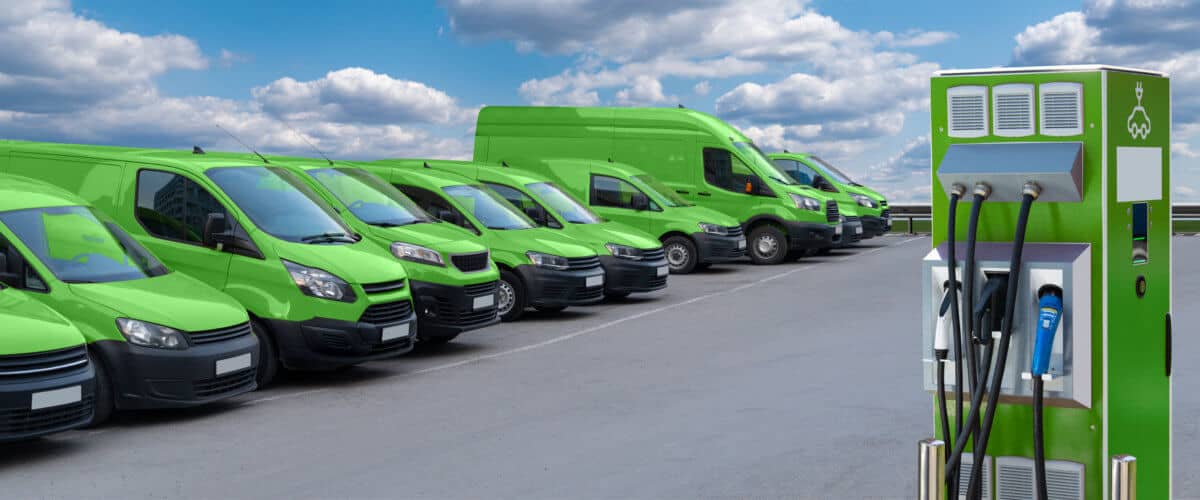
Electrification of Electric Vehicle Fleets
Electrification of fleets (buses and light, semi and heavy commercial vehicles) continues to expand. The explosion of home deliveries during the pandemic helped boost plans for electrifying fleets of buses, trucks and vans over the next two years.

Integrating Green Energy and Battery Storage with Charging Stations
Sources of clean and renewable energy from solar and wind are increasingly being integrated into the grid by utilities around the world. Utilities are also allocating green energy to electric mobility service providers to charge EVs, further reducing the impact of hydrocarbon-based energy sources on the world.

Potential EV Future Technology
There are many ways to improve EV ranges. Looking beyond battery capacity, key areas are vehicle power electronics (inverters, converters, on-board chargers) and electric traction motors.
Axial-flux Motors
An emerging motor technology that has gathered momentum in 2022 has been axial flux motors, named this way because the magnetic flux is parallel to the axis of rotation (compared to perpendicular in radial flux machines). As of now the EV market is using a form of radial flux motor, axial flux motors with many benefits. These include increased power and torque density and a pancake form factor ideal for integration in various scenarios, from cars to aircraft.
Power Electronics Materials
In 2022, the use of silicon carbide MOSFETs and high-voltage systems above 800V will become more common in power electronics. The transition is presenting fresh challenges for power module package materials, as higher switching frequencies, increased power densities, and increased operational temperatures are expected all whilst maintaining at least 20-year service life. New double-sided cooling designs, copper wire bonding, and lead frames with increased the power of inverters has emerged significantly over the last decade. Nano silver-sintered materials and copper sintered materials have a high melting point compared with traditional tin-based lead-free solders, and support high thermal temps above 250 degrees, helping maximize the transition towards power-dense silicon carbide MOSFETs.
Heat and Thermal Control
Heat and Thermal management for EVs continued to be a hot topic for many years. Li-ion batteries have a non-zero risk of a thermal blowout. This means that cells must be kept at their optimal operating temperature while also providing fire protection materials in the event of a thermal blowout. Adaptation of Cell to Pack technology, in which the modules are removed and all of the cells are stacked together to form a single large pack. It may increase energy density, but it increases manufacturing complexity and costs. However, it introduces new challenges in terms of fire protection and changes the thermal material requirements when compared to a modular battery pack. The cells sit in a module with a thermal interface material in a modular battery pack, in the form of a dispensable gap filler. Another thermal interface material is then used to make contact between the module and the cooling plate.
In Cell to Pack technology, the cells can be directly connected to the cold plate. This reduces the number of thermal interfaces and hence a lower thermal conductivity thermal interface material can be used. However, there is an urgent need for increased adhesion strength. The transition from modular batteries to cell-to-pack is also a transition from thermal gap fillers towards thermally conductive adhesives.
With regards to the fire protection, in a modular system, the modules can be insulated and protected. With cell-to-pack, it turns out more difficult to limit thermal blowout propagation across the battery. This presents more opportunities for propagation prevention materials between cells and greater protection levels for the pack enclosure, inside and out. With little enforced regulation that is specific to thermal blowout, there remains a variety of suitable solutions such as powder coatings, intumescent coatings, ceramic materials, and aerogels.
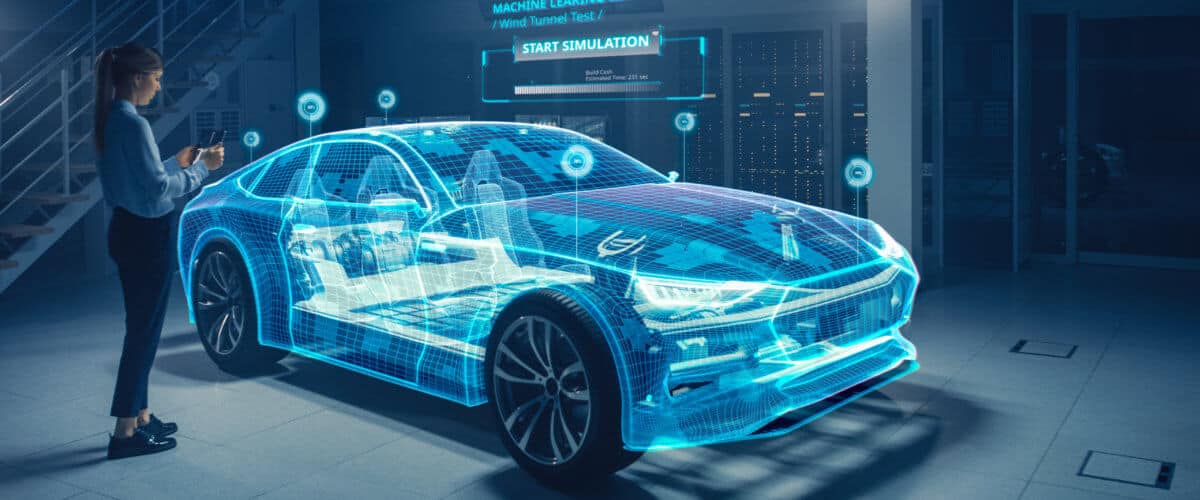
These are a few of the trends that are already gaining momentum across the industry as key players such as charge point operators, eMobility service providers, utilities, and governments work together to advance the adoption of EVs. The benefits will be realized by the people and the environment as this industry grows.
Illustration: Ilija Erceg/shutterstock.com
You might also like:
Support us!
All your donations will be used to pay the magazine’s journalists and to support the ongoing costs of maintaining the site.
Share this post
Interested in co-operating with us?
We are open to co-operation from writers and businesses alike. You can reach us on our email at cooperations@youthtimemag.com/magazine@youthtimemag.com and we will get back to you as quick as we can.
